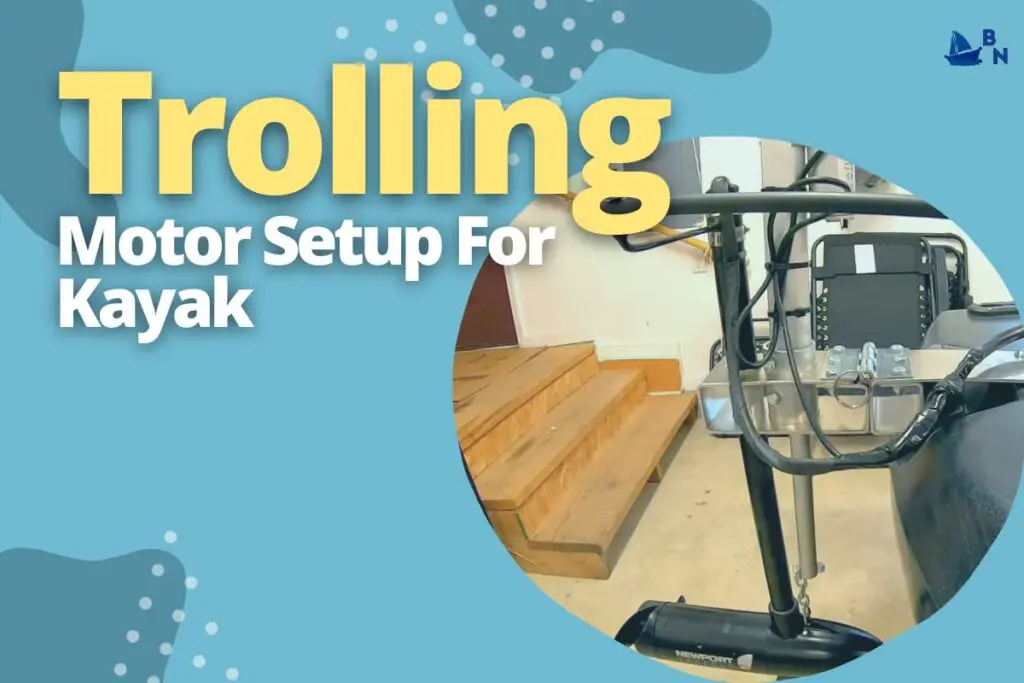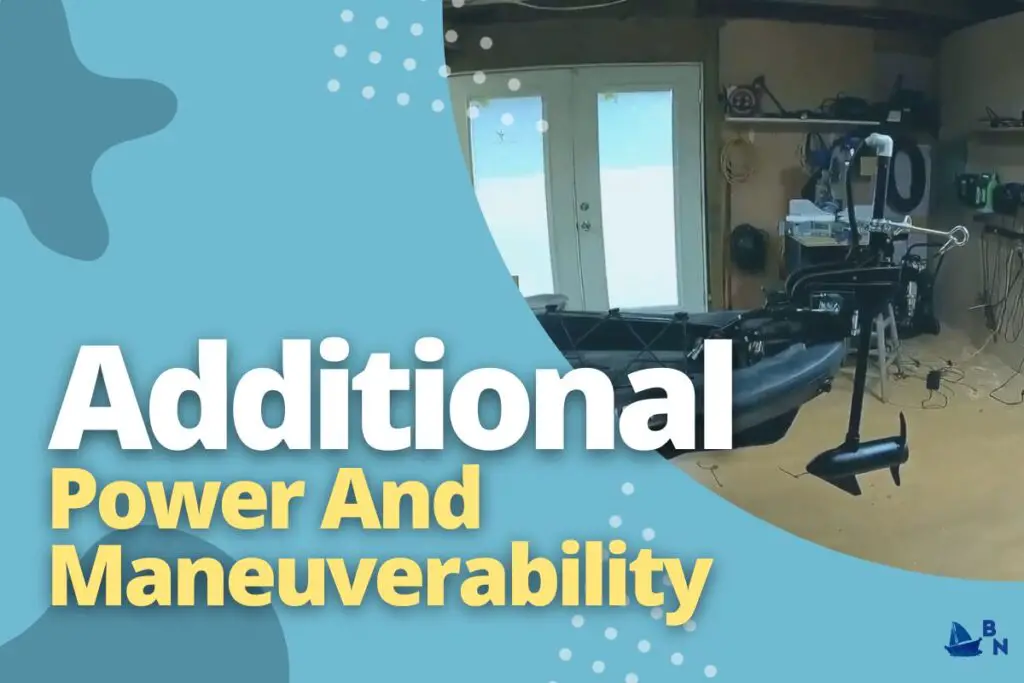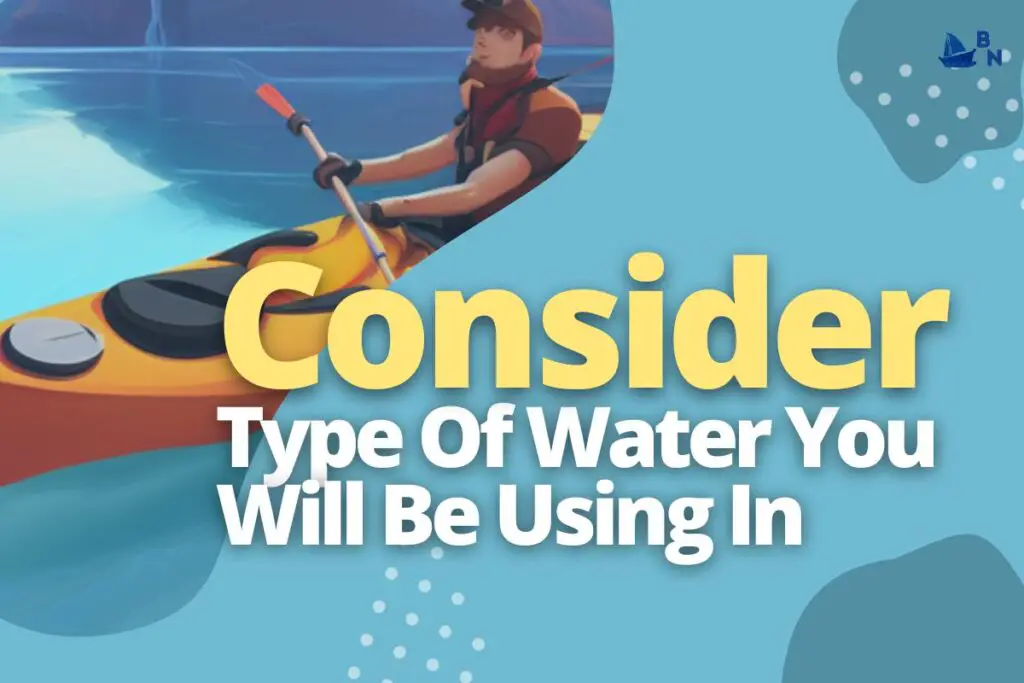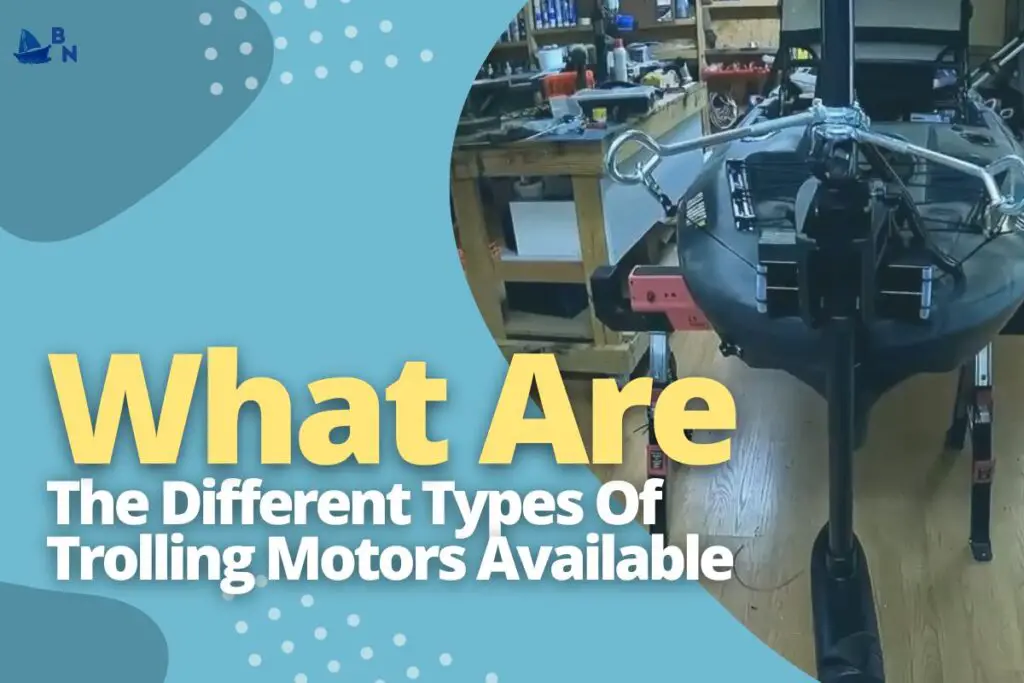If you’re planning to fish in a kayak, you should consider getting a trolling motor.
A trolling motor can be essential if you want to fish from your kayak in the middle of the ocean. In addition, it will make traveling much more straightforward.
I’ll explain how to wire up a trolling motor in this article. I’ll also explain how to choose the best trolling motor for your kayak.
Key Takeaways
- A kayak can be propelled by a small, electrically powered propeller known as a trolling motor.
- Trolling motors are typically attached to the stern (rear) of the kayak and are controlled with a throttle mounted on the kayak’s deck.
- Trolling motors can be very helpful when paddling is difficult or impossible, such as while fishing in windy weather or when attempting a stealthy dock approach.
- It’s crucial to pick the suitable trolling motor for your kayak in terms of size and kind, as well as how to mount and secure it.
- When using a trolling motor, be aware of your surroundings and avoid disturbing other boats or people.

What Are The Benefits Of Using A Trolling Motor On A Kayak?
You can take various approaches while you’re on the water and need to move from one point to another.
One option is rowing, which requires you to use your arms and upper body strength to propel yourself along the water’s surface. Another option is using an electric motor, like those found on boats.
The main benefit of using an electric motor on a kayak is that it will provide more power than what could be produced by your arms alone to move through currents or against any waves or wind coming at you head-on.
The most obvious advantage of having a trolling motor on board is that it allows you total freedom from paddling or rowing when traveling long distances over open waters.
Here are some suggestions for enhancing your present setup if this sounds like something that would interest you:
Additional Power And Maneuverability

A trolling motor setup is a way of powering your kayak. It’s not just a motor and battery, though—it also comes with everything you need to make it work, including the wiring, mounting hardware, and instructions for installation.
Trolling motors are designed to provide additional power and maneuverability for your kayak. They are popular among anglers who want to spend more time fishing than paddling during their outings on the water.
Trolling motors increase the speed at which you can move through the water or across the open ocean, so they’re great if you want to get away from other boaters or other anglers who may be fishing near yours.
Variety Of Kayak Trolling Motors Available On The Market
Several different trolling motors are on the market, each made for a certain kind of kayak. The most popular kayaks are paddle kayaks, which can be propelled by a trolling motor installed on the bow or attached to the rear.
Pedal kayaks have a foot pedal that is used to power the trolling motor, and these are becoming increasingly popular for kayak fishing. Marine batteries are the most common type used for trolling motors, but some people use DIY battery setups.
The size (thrust) and power (voltage) of the trolling motor will vary depending on the type and size of the kayak you have. Most Kayaks will require a 12-volt trolling motor; however, some larger or heavier kayaks may need a 24-volt motor.
Many aftermarket options are available for those who want to add a trolling motor to their kayak. In addition, some companies make complete kits that include everything you need to install a trolling motor onto your kayak.
Factors To Consider When Choosing A Trolling Motor For Your Kayak
When choosing a trolling motor for your kayak, the most crucial factor to consider is the size and weight of the kayak. The kayak’s weight will indicate how much thrust you require from the trolling motor, and the size of the kayak will define the size and power of the trolling motor.
- To find the right-sized trolling motor, you first need to know the dimensions of your kayak. How long and wide of a trolling motor you can get will depend on the length and width of your kayak.
- The height of your kayak will also play a role in determining which trolling motors are best suited for your needs. Some taller kayaks may require a longer trolling motor shaft to reach the water.
- The weight of your kayak is just as significant as its size when choosing a trolling motor. A heavier kayak will require more thrust from the trolling motor to move it through the water.
- Heavier kayaks are also more likely to sink lower in the water, so you may need a more powerful trolling motor to keep them moving at top speed.
Consider Type Of Water You Will Be Using In

Before buying a trolling motor for your kayak, you need to consider the type of water you will be using it in. If you are fishing in saltwater and freshwater, then the best choice is a dual-propulsion trolling motor.
These motors have two propellers on either side of the boat, and each prop spins at different speeds, which allows them to achieve maximum efficiency regardless of what type of water they are running through.
On the other hand, if you are only going to be using your kayak in freshwater lakes and rivers with little current or wave action, then there is no need for dual propulsion as one single prop will suffice as long as there is sufficient power behind it.
What Features Do You Want Your Trolling Motor To Have
You will also need to decide what features you want your trolling motor to have. Today’s market offers various trolling motor types, each with unique capabilities.
The trick is to find the ideal ratio between options and price that suits your wants and budget.
For instance, you might not need all of the bells and whistles that come with some models if you’re searching for a fishing kayak with electric propulsion because they might get in the way while you’re out on the water catching crabs or fishing.
On the other hand, if someone wanted to use their kayak just for relaxing trips down quiet rivers, they would probably want something more versatile to go anywhere without problems.
How To Choose The Right Trolling Motor For Your Kayak?

If you enjoy kayak fishing, you know how important it is to have a trolling motor that can get you to your fishing spot quickly and quietly. But with so many different trolling motors on the market, how do you choose the right one for your kayak?
When selecting a trolling motor for your kayak, there are a few things to keep in mind, such as:
- The size and weight of the motor
- The type of battery you will use
- Maximum motor speed and power
- Whether or not you need a wireless remote control
Once you know what factors to consider, choosing the right trolling motor for your kayak is much easier. Some of our top recommendations are listed below:
- Minn Kota Endura C2 30lb Thrust Trolling Motor: This trolling motor is perfect for smaller kayaks. It has a max thrust of 30lbs and a max speed of 4mph. It also comes with a 6-inch telescoping handle for easy steering.
- Newport Vessels NV-Series 36lb Thrust Electric Trolling Motor: This trolling motor is great for medium-sized kayaks. It has a max thrust of 36lbs and a max speed of 5mph. It also comes with an 8-speed forward/3-speed reverse control panel, making changing speeds on the water easy.
- Watersnake ASP T38 54lb Thrust Saltwater Trolling Motor: This trolling motor is perfect for larger kayaks. It has a max thrust of 54lbs and a max speed of 5mph. It also has an extendable tiller handle and an LED battery indicator, so you can always see how much power you have left.
There is a trolling motor out there that is ideal for your kayak, regardless of its size or type.
How To Install A Trolling Motor On Your Kayak?
Most people think installing a trolling motor on their kayak is difficult and time-consuming. But if you have the appropriate guidelines, it may be a rather simple procedure. Here are the steps you need to follow to install a trolling motor on your kayak:
- First, you need to purchase the trolling motor itself. Many different types and brands of trolling motors are available on the market, so it’s crucial to do your homework before buying them.
- Once you have purchased the trolling motor, you must install it on the kayak. The mount must first be secured to the kayak. This can be done by drilling holes into the kayak and then bolting or screwing the mount.
- Next, you must attach the trolling motor to the mount. Again, this can be done by drilling holes and then bolting or screwing the trolling motor.
- Finally, you will need to wire up the trolling motor. This involves connecting the battery’s positive and negative wires to the trolling motor’s positive and negative terminals.
Once this is done, your kayak should be ready to go.
What Are The Different Types Of Trolling Motors Available?

There are numerous varieties of trolling motors on the market. Each type has its unique uses and benefits.
- Electric: These are the most common style of trolling motor. They’re powered by a battery and mounted on the back of your kayak, allowing you to travel at low speeds while paddling.
- Cordless: Similar to an electric motor, this style uses a battery for power but does not require any sort of tethering devices like wires or cables. This makes them ideal for kayakers who want extra speed without being tethered down by wires or cables (and who don’t mind sacrificing some range). However, these motors tend to be slightly slower than other styles due to their reliance on batteries instead of fuel-powered engines.
- Gasoline: These powerful engines aren’t used too often anymore because they’re somewhat noisy and difficult to start due to their reliance on gasoline tanks containing pressurized gas.
Which Type Of Trolling Motor Is Best Suited For A Kayak?
There are many types of trolling motors on the market, and deciding which is best suited for a kayak can be challenging.
Trolling motors come in two main types: electric and gas.
- Electric trolling motors are more popular because they are more efficient and quieter than gas models. However, they require a battery, which can add weight and bulk to a kayak.
- Gas trolling motors are less popular because they are less efficient and louder than electric models. However, they do not require a battery, so they may be a good choice for kayakers who want to save weight and space.
There are also three main types of electric trolling motors: transom-mounted, bow-mounted, and pontoon-mounted.
- Transom-mounted trolling motors are the most popular type because they are relatively easy to install and provide good power and maneuverability.
- Bow-mounted trolling motors are less popular because they can be more difficult to install and may obstruct the paddler’s view.
- Pontoon-mounted trolling motors are the least popular type because they can be tough to install and may not provide enough power or maneuverability.
If you want an efficient and quiet motor that requires a battery, an electric transom-mounted motor is a good choice. On the other hand, a gas model may be your best option if you want a motor that does not require a battery but is less efficient and louder. And if you need lots of power or maneuverability, pontoon-mounting an electric motor may be your best bet.
How To Operate A Trolling Motor On A Kayak?
Operating a trolling motor on a kayak is not as difficult as it may seem. You can be up and running by following a few simple steps.
Familiarize yourself with the controls. Most trolling motors will have two primary controls: speed and steering. The speed control will adjust how fast the motor runs, while the steering control will allow you to turn the kayak in different directions.
Be sure to experiment with these controls before heading out on the water, so you are comfortable with how they work.
Keep an eye on your battery level indicator when operating your trolling motor. Trolling motors can drain batteries quickly, so monitoring this indicator and ensuring you have enough power to get back to shore safely is essential.
If your battery level begins to get low, reduce the speed of your trolling motor until you can safely make it back to shore.
Conclusion
If you’re looking to add a trolling motor to your kayak, there are a few things you need to consider. First, you’ll need to decide what size and type of motor you need.
Then, you’ll need to determine where on your kayak you want to mount the motor. Finally, you’ll need to choose the right propeller for your kayak and trolling motor setup.
Once you’ve considered all these factors, you’re ready to start shopping for the perfect trolling motor for your kayak. Be sure to check out our other articles on kayaks and motors. We have everything you need to get started on your kayak today.
Frequently Asked Questions
How can I optimize my trolling speed for different conditions?
Experiment with speed control to find the perfect trolling speed for different conditions. Also, monitor your battery level indicator, as trolling motors can quickly drain batteries.
What are some disadvantages of using a trolling motor in a kayak?
Trolling motors can be noisy, and they can only achieve modest speeds.
What are the best features to look for in a trolling motor for a kayak?
Some of the best features to look for in a trolling motor for a kayak include high thrust and torque, low noise levels, and compatibility with kayaks of different sizes.
Where do I mount a trolling motor on my kayak?
The best place to mount a trolling motor on your kayak depends on the size and shape of your kayak. You can typically mount trolling motors in the bow or stern of kayaks, but check the manufacturer’s instructions for specific details.

